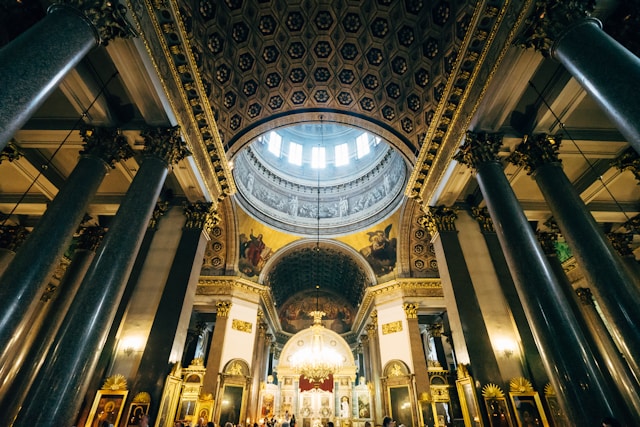Introduction
Easter Mass, the central celebration of the Christian liturgical year, commemorates the resurrection of Jesus Christ. It is a joyous occasion where believers gather to worship, reflect, and celebrate the triumph of life over death. This blog post will delve into the rich history, profound meaning, and diverse traditions associated with Easter Mass, providing a comprehensive guide for those seeking a deeper understanding of this sacred event.
History of Easter Mass
Easter Mass has its roots in the early Christian era, evolving from the Jewish Passover celebration. The early Church observed the Easter Vigil on the night before Easter as a time of prayer, fasting, and baptism for catechumens. Over time, the Vigil and the following day’s Eucharist were combined into a single celebration. The Council of Nicea (325 AD) standardized the date of Easter as the first Sunday following the full moon after the spring equinox.
Meaning of Easter Mass
Easter Mass is a profound celebration of the fundamental Christian belief in the resurrection of Jesus Christ. Through his death and resurrection, Jesus overcame sin and death, offering hope and salvation to humankind. Easter Mass serves as a reminder of God’s victory over darkness, the triumph of love, and the promise of eternal life for those who believe.
Traditions of Easter Mass
Liturgical Elements
Easter Mass follows a structured liturgy that includes:
- Entrance Procession: The clergy and ministers enter the church, symbolizing Christ’s triumphal entry into Jerusalem.
- Gloria: A hymn of praise sung to celebrate Easter joy.
- Liturgy of the Word: Readings from the Old and New Testaments and a sermon that reflect on the Easter message.
- Liturgy of the Eucharist: The central part of the Mass, including the consecration of bread and wine, symbolizing Christ’s sacrifice.
- Communion: Believers receive the consecrated bread and wine, sharing in Christ’s body and blood.
- Final Blessing: The priest blesses the congregation, sending them forth to live the Easter message in the world.
Cultural Variations
Easter Mass traditions vary across the globe. In some cultures, the Mass is accompanied by:
- Easter Eggs: Decorated eggs symbolize new life and resurrection.
- Hot Cross Buns: Sweet buns with a cross shape symbolize the crucifixion and resurrection.
- Easter Lilies: White lilies represent purity, innocence, and the new life of Easter.
- Sunrise Services: Held at sunrise on Easter morning, symbolizing the resurrection of Christ.
Significance of Easter Mass
Easter Mass is a deeply significant event for Christians, serving multiple purposes:
Renewal of Faith
Easter Mass strengthens believers’ faith in the resurrection of Christ and the promise of eternal life.
Celebration of Christ’s Victory
It commemorates Christ’s triumph over sin and death, bringing joy and hope to believers.
Sacramental Communion
Through the reception of Holy Communion, Christians share in Christ’s body and blood, renewing their connection with him.
Missionary Mandate
Easter Mass inspires believers to go forth and share the Easter message of hope and salvation with the world.
Preparation for Easter Mass
Preparing for Easter Mass enhances its meaning and significance:
Spiritual Preparation
- Prayer and meditation
- Confession
- Fasting and abstinence
Practical Preparation
- Attend Holy Week services
- Read Scripture passages related to Easter
- Prepare special foods and decorations
Conclusion
Easter Mass is a pivotal moment in the Christian liturgical calendar, a celebration of the resurrection of Jesus Christ and a reminder of God’s victory over darkness. Whether observed through traditional rituals or contemporary expressions, this sacred event signifies the triumph of life, the promise of hope, and the call to live out the Easter message in the world. Through Easter Mass, Christians renew their faith, deepen their connection with Christ, and share the joy of the resurrection with others.



